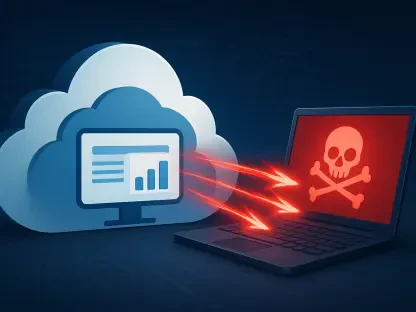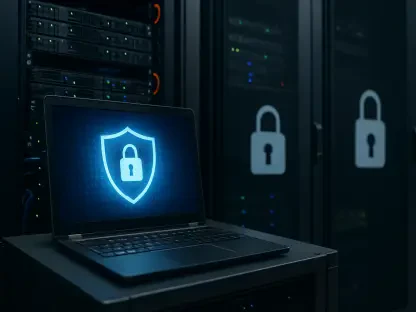Cybercrime is becoming increasingly sophisticated, with phishing scams evolving in complexity and frequency to target unsuspecting individuals. One recent scheme involves cybercriminals impersonating the U.S. Social Security Administration (SSA), luring users into downloading harmful software. This malicious software is masked under the guise of legitimate remote IT management tools like ScreenConnect. While genuine use of ScreenConnect allows authorized support personnel to troubleshoot computer issues remotely, cybercriminals exploit its capabilities to take control of victims’ machines. Once control is stolen, the cybercriminals gain the opportunity to manipulate the system, install malware, exfiltrate sensitive data, and perform fraudulent activities behind the scenes. Awareness and vigilance are essential to shield oneself from falling prey to these attacks, maintaining security in the face of increasingly sophisticated threats.
Step 1: Recognize the Deceptive Tactics
Phishing emails are styled to replicate authoritative communications from the SSA, claiming that the recipient’s Social Security Statement is ready for electronic download. These messages are meticulously crafted to initiate trust and prompt action by tempting recipients to click on bogus links. Upon clicking the provided link or attachment, users unknowingly install a ScreenConnect client controlled by cybercriminals onto their systems. Once the software is installed, the attackers swiftly initiate their nefarious activities, accessing banking details, personal identification numbers, and confidential documents. This stolen information can lead to identity theft, financial fraud, and other harmful acts. Recognizing these deceptive messages, such as accurately identifying unusual senders and verifying content authenticity through independent sources, can prevent users from being manipulated by these scams.
Step 2: Leverage Protective Strategies
Addressing phishing threats effectively starts with proactive strategies and utilizing dependable security measures. It’s crucial for users to verify the legitimacy of sources through alternate methods before clicking any links or opening attachments. Keeping anti-malware software current and active is vital for defending against malware, enabling swift detection and removal of potential threats. When questionable emails appear, users can deploy search engines to see if similar attacks are recognized, helping to identify typical phishing patterns. Further, educating the workforce through security awareness training serves as a key defense line, promoting safer browsing practices and risk management within organizations. Establishing these advanced training platforms enhances a culture of security, empowering employees to make informed decisions, thereby minimizing vulnerability to human-induced risks. A vigilant approach combined with strong strategies plays a crucial role in protecting users from phishing scams, ensuring a safer digital environment.









